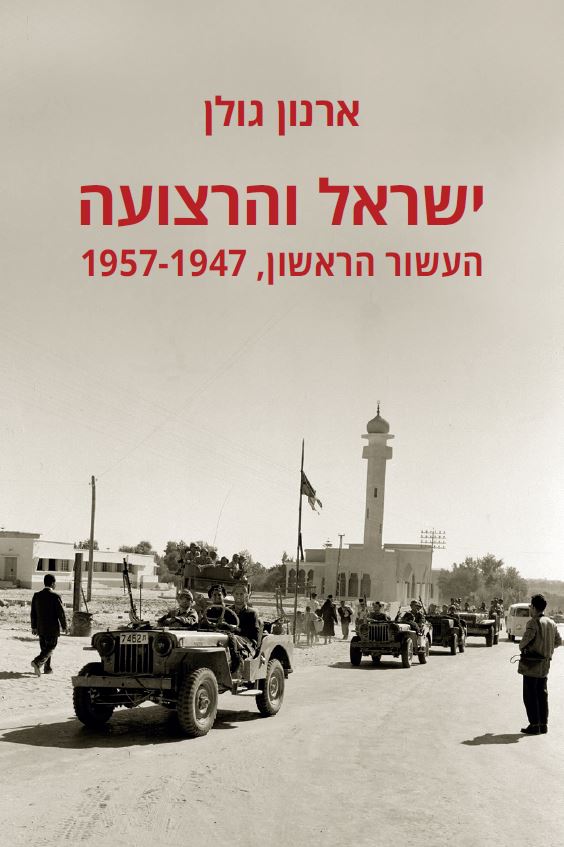The UN partition plan from November 29, 1947 allocated a long narrow strip along the seashore of British Mandate Palestine for the proscribed Arab state. The fighting in the 1948 war left the southern part of the strip in Egyptian hands. The bounds of this area, renowned as the Gaza Strip were set in the 1949 armistice agreement that ended the 1948 war in the Egyptian-Israeli front, and finally demarcated on February 1950. The Gaza Strip remained an Egyptian occupied area and its population has tripled following the arrival of tens of thousands of Palestinian wartime refugees, most of which settled in refugee camps that were maintained by UNRWA (United Nations Relief and Works Agency for Palestine Refugees in the Near East).
Despite the armistice agreement, fighting and violence persisted along the line separating the Gaza strip from the growing Jewish settlement system that had been developing in the north and western Negev, the Gaza frontier area. The settlement of that area was an impressive achievement of the post-war Israeli settlement strategy, forming a shatter belt that surrounded the Strip from the north and the east. During the early 1950s fighting and violence escalated along the armistice line, culminating in the occupation of the Gaza Strip by Israeli troops during the Sinai War that broke in late October 1956.
The 1949 armistice line was not recognized as a permanent international boundary. It has persisted, as no attempts to set a peace agreement between the belligerent sides bore fruit. While Egypt demanded the annexation of at least a part of the Israeli Negev, Israel toyed with the idea of annexing the Gaza Strip. Following its occupation in 1956, almost all public opinion and political parties in Israel were in general consensus regarding annexation. Yet, pressure put by the US, the USSR, and the international system in general, led to the withdrawal in March 1957 of Israeli troops and the termination of the first Israeli military rule in the Gaza Strip and the return of the Egyptian military and administration.
Both Gaza Strip and the Gaza frontier area were the product of the drastic wartime spatial transformation that split the southern coastal of British Mandate Palestine into two regions separated a line of hostility and violence. Nevertheless, they remain since linked together, forming a focal point of the Israeli-Arab conflict.



